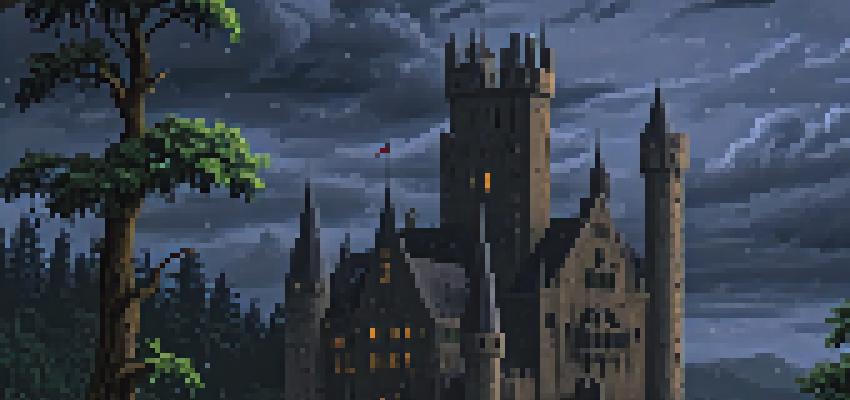One thing SDXL consistently stumbles on is pixel art. The model just doesn’t like to spit out clean, crisp pixels through a normal workflow. LoRAs can help push it in the right direction, sure, but they won’t fix the core problem: SDXL just isn’t built for this style.
And before you get all clever and simply generate at low resolutions like 320×200 -- forget it. That won’t work. All you'll get is trash.
But thankfully all the tools to create decent pixel art are readily available.
Now if you're generating on Civitai... you can probably stop reading. This workflow requires advanced tools.
Note though that I’m not going to get into the weeds of any specific software. That's left as an exercise for the reader. Consider this a general workflow you can adapt to whatever setup you’re using.
Preparation
First of all, you'll need to download and install this (horribly underrated!) VAE: Pixelate x8 VAE for SDXL
Don't use it just yet. It’s the the secret sauce we’ll be stirring in later.
Optionally I recommend the following:
- Pixel Art LoRA by yours truly
- Event Horizon XL Checkpoint by ElectricDreams
These aren't required to follow this guide but they produce excellent results in my experience.
Workflow
Follows these steps and you'll be producing high-quality pixel art in no time!
Step 1: Generation
Start by generating an image at a standard SDXL resolution.
For this tutorial I'll be using 1024×896 as the basis. That’s a clean multiple of 256×224, which lines up nicely with classic SNES-era dimensions. For a PC-game style you might use 1280x800, which is a multiple of the VGA 320x200 output mode.
Using a clean multiple as the base resolution becomes important later on, you'll see.
Here you're free to create whatever you want using any tools at your disposal -- LoRAs, embeddings, checkpoints, whatever works for you.
Just don’t use the pixelation VAE yet. Stick with your usual one.
Consider this handsome fellow riding a horse in front of a city skyline:
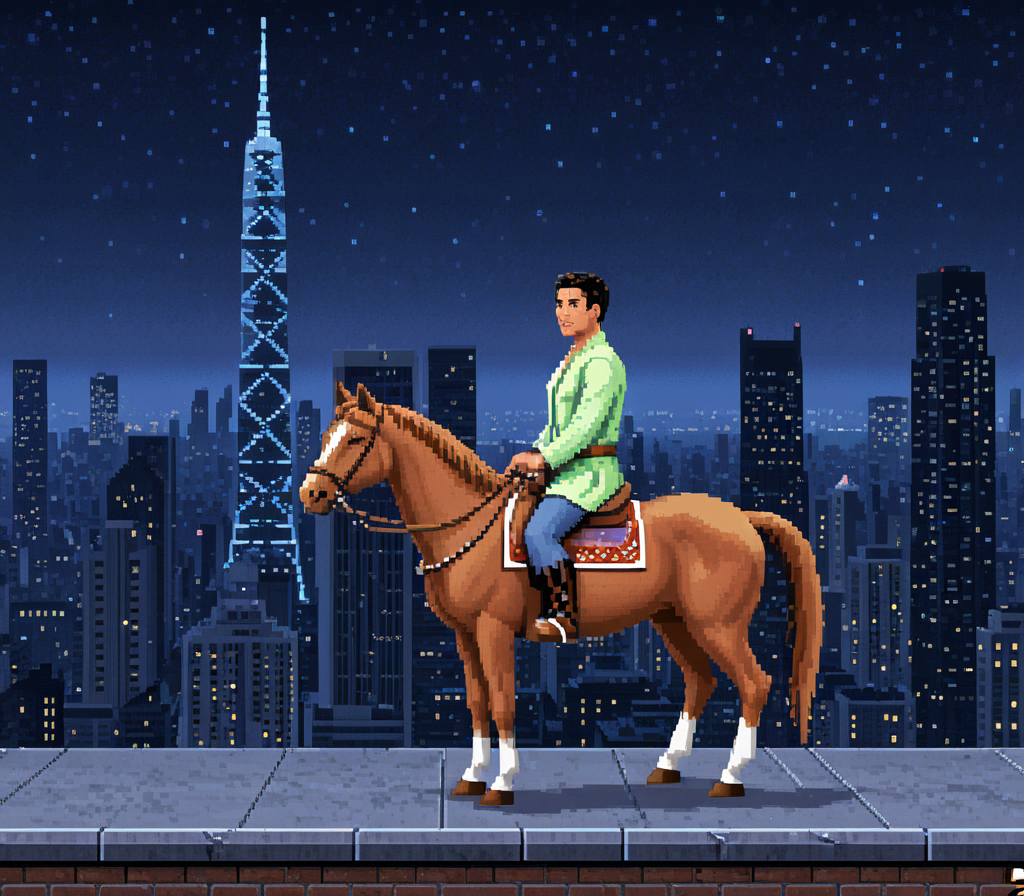
It's a good start:
Limited color palette
Not too detailed
General pixel art vibes
But it's still a bit too detailed for authentic pixel art. After all we generated in a pretty high resolution and SDXL is making good use of it (despite the pixel art LoRA I applied).
Also, the pixel sizes are inconsistent. That's usually the easiest giveaway that something wasn't actually drawn by hand.
Step 2: Upscaling
Here’s where it gets counterintuitive. We need to upscale the image before we can get our lovely, blocky pixels.
So bring your 1024×896 image into an img2img upscale workflow and double its resolution to 2048×1792. Keep the denoising strength low: this keeps the result faithful to the original while just doubling the size.
Make sure this works cleanly before moving on.
Step 3: Pixelation (The Magic)
Now it's time to switch your VAE to the Pixelate x8 model you installed earlier. Run the upscaling process again on the original image using the same parameters we dialed in before.
The result: a 2048×1792 image made of big, blocky pixels.
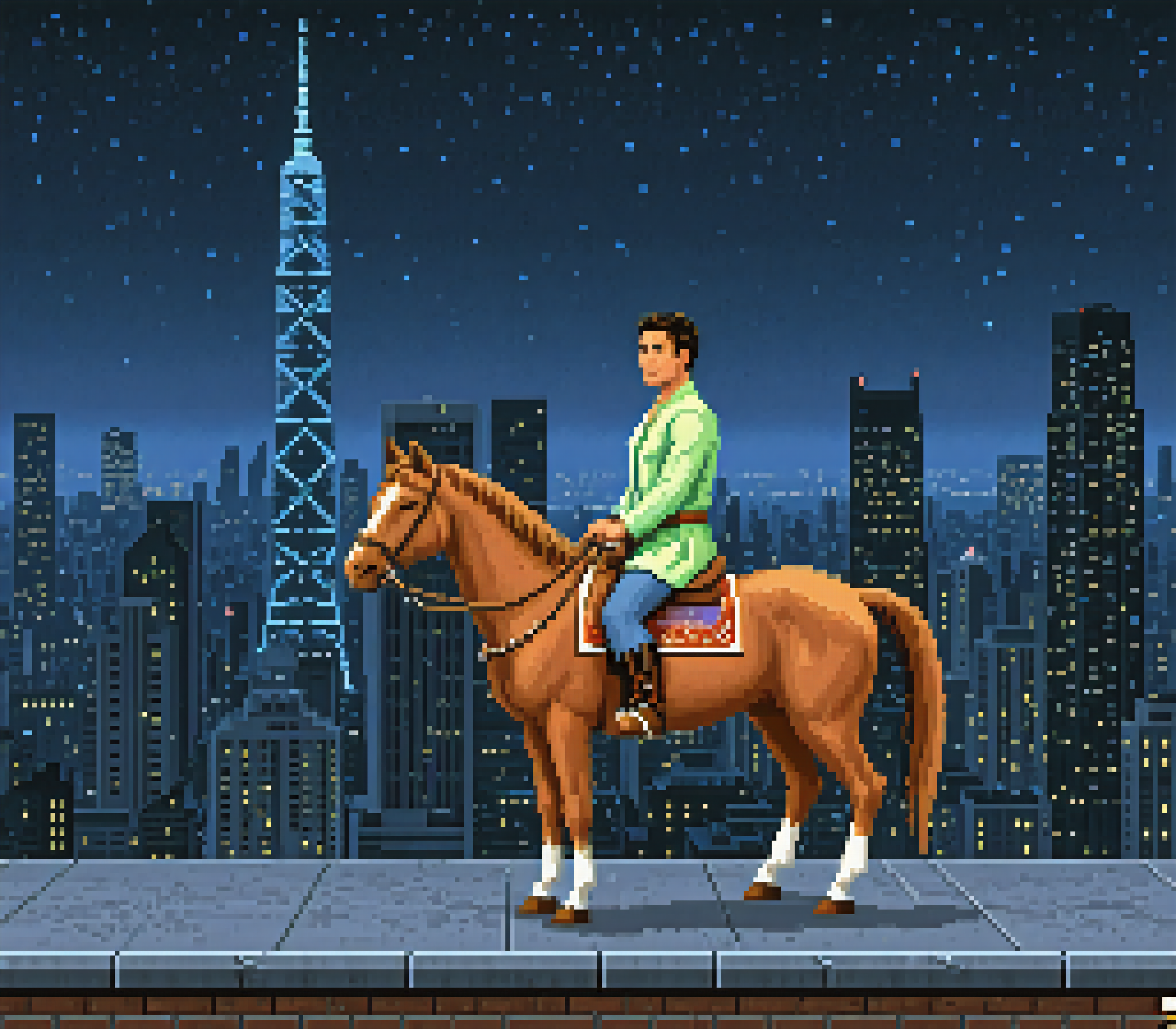
If you zoom in closely you'll see that we're working with a grid of 8x8 blocks. That's the magic of the VAE:
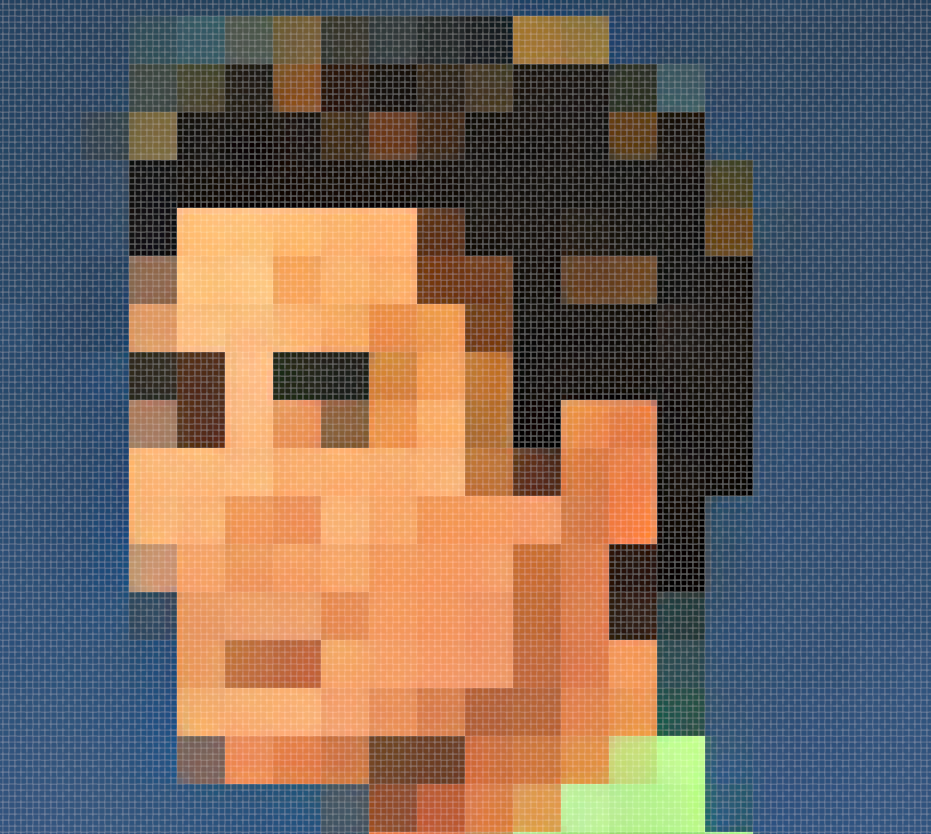
But there's still a little color variation going on within each 8x8 pixel block -- that's not how pixel art works!
So we need a final post-processing step to polish things up.
Step 4: Downscaling
You can probably see where we're going with this: Bring that blocky upscaled generation into your image editor of choice. Scale it down by a factor of 8 (12.5%) using nearest neighbor interpolation.
That gives us a tiny 256×224 pixel art image.
Optional finishing touches:
Reduce the number of colors to under 256 for authenticity
Apply a dithering algorithm
Upscale again using
nearest neighborin order to make the image presentable on Civitai
And there you go: crisp, era-appropriate pixel art born from SDXL.
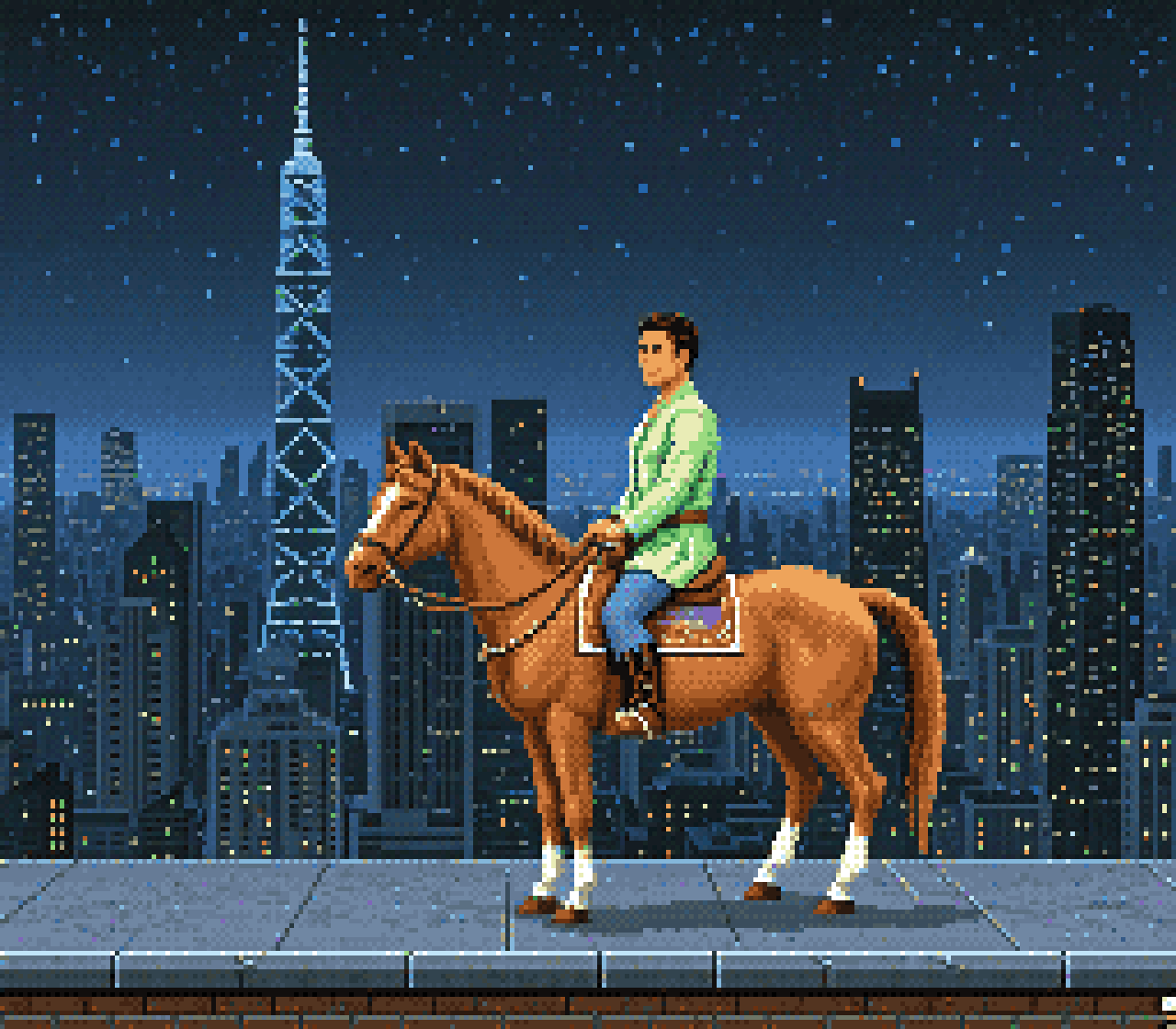
Is it pixel-perfect? No. Can we fire our team of highly-skilled artists? Please don't!
But it's probably the closest we can get to an automated pixel art pipeline that gives us a solid starting point for manual cleanup.
Examples
The following images went through the process described above and were reduced to a palette of 64-colors with dithering. No manual cleanup.
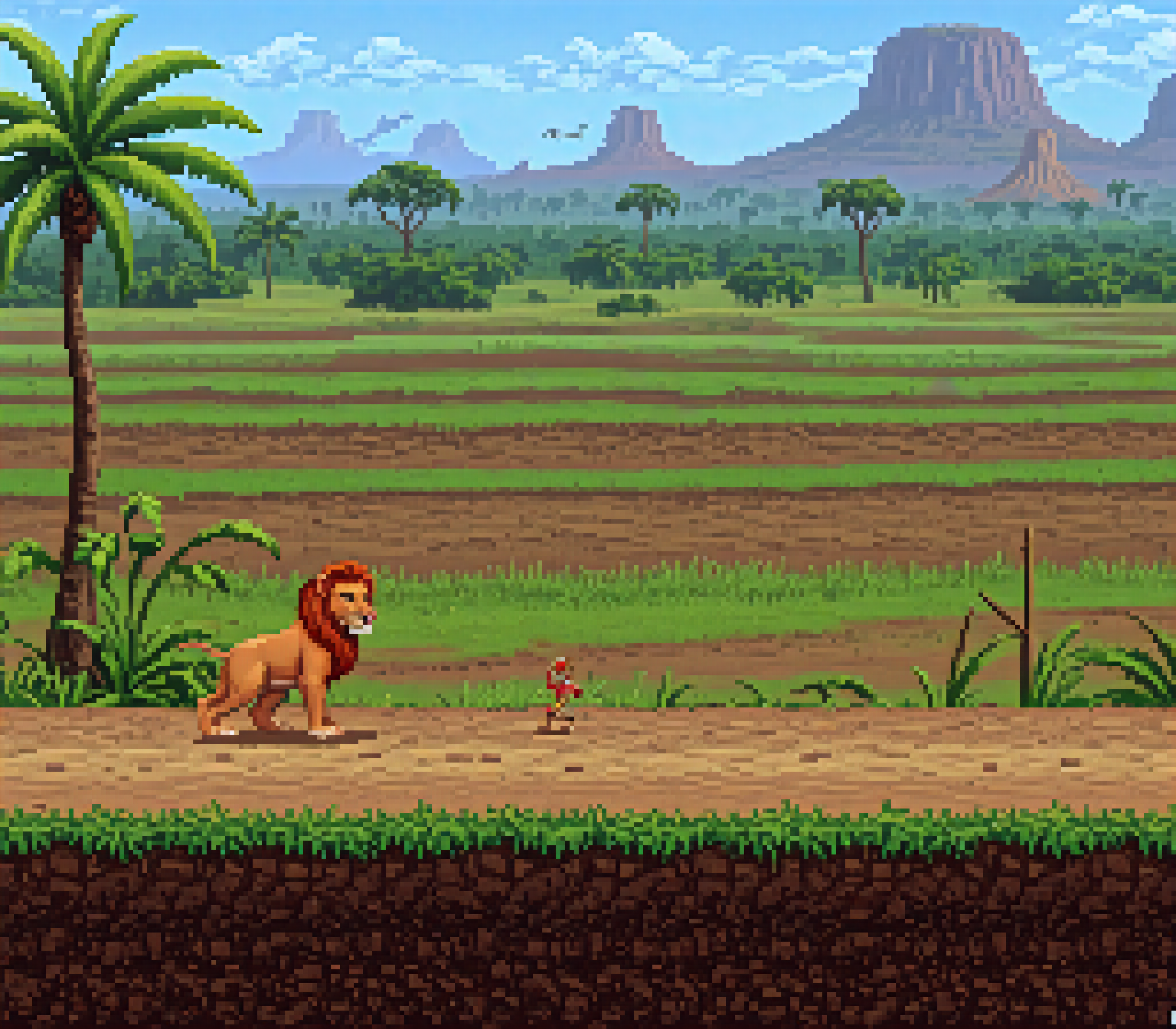
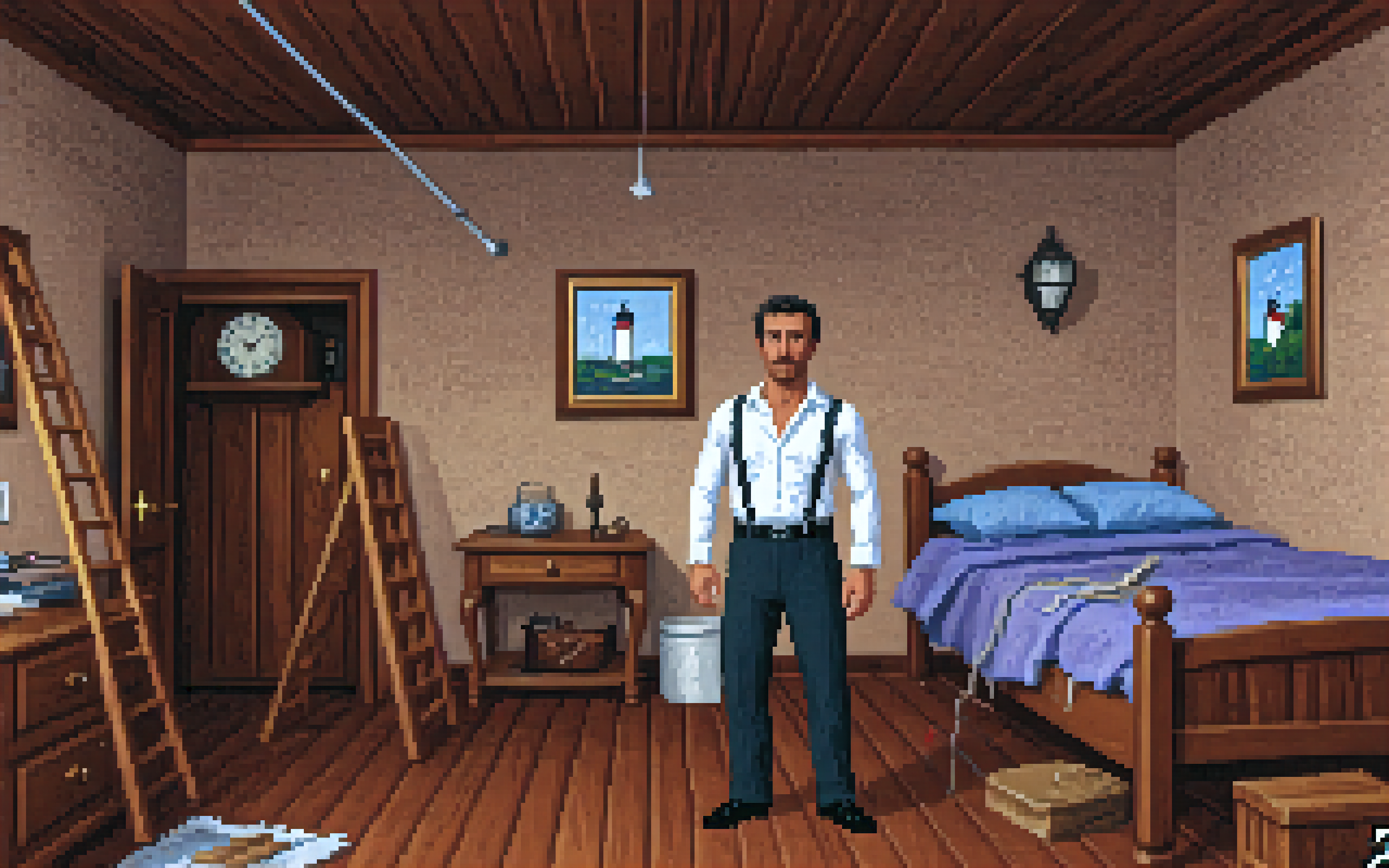
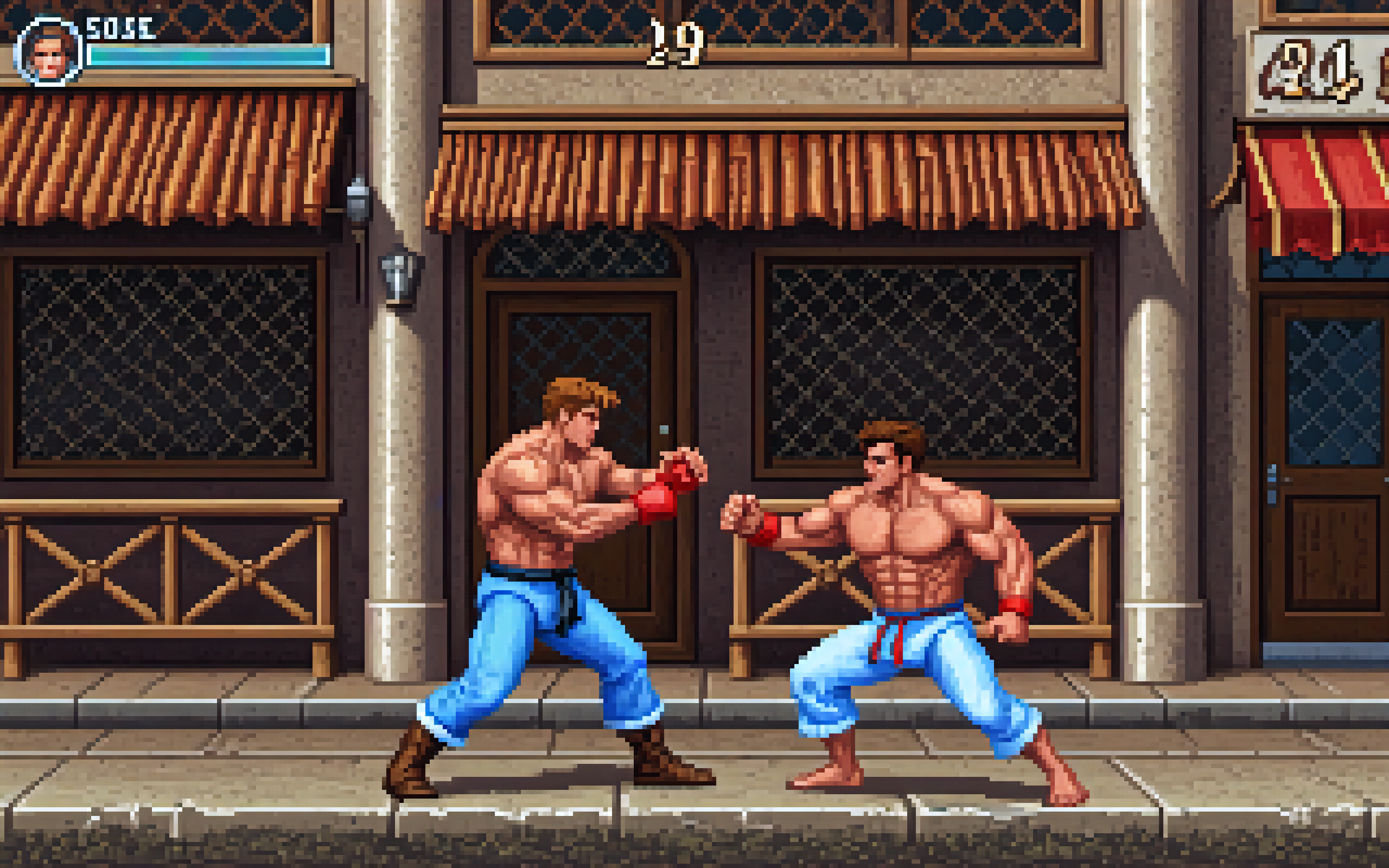
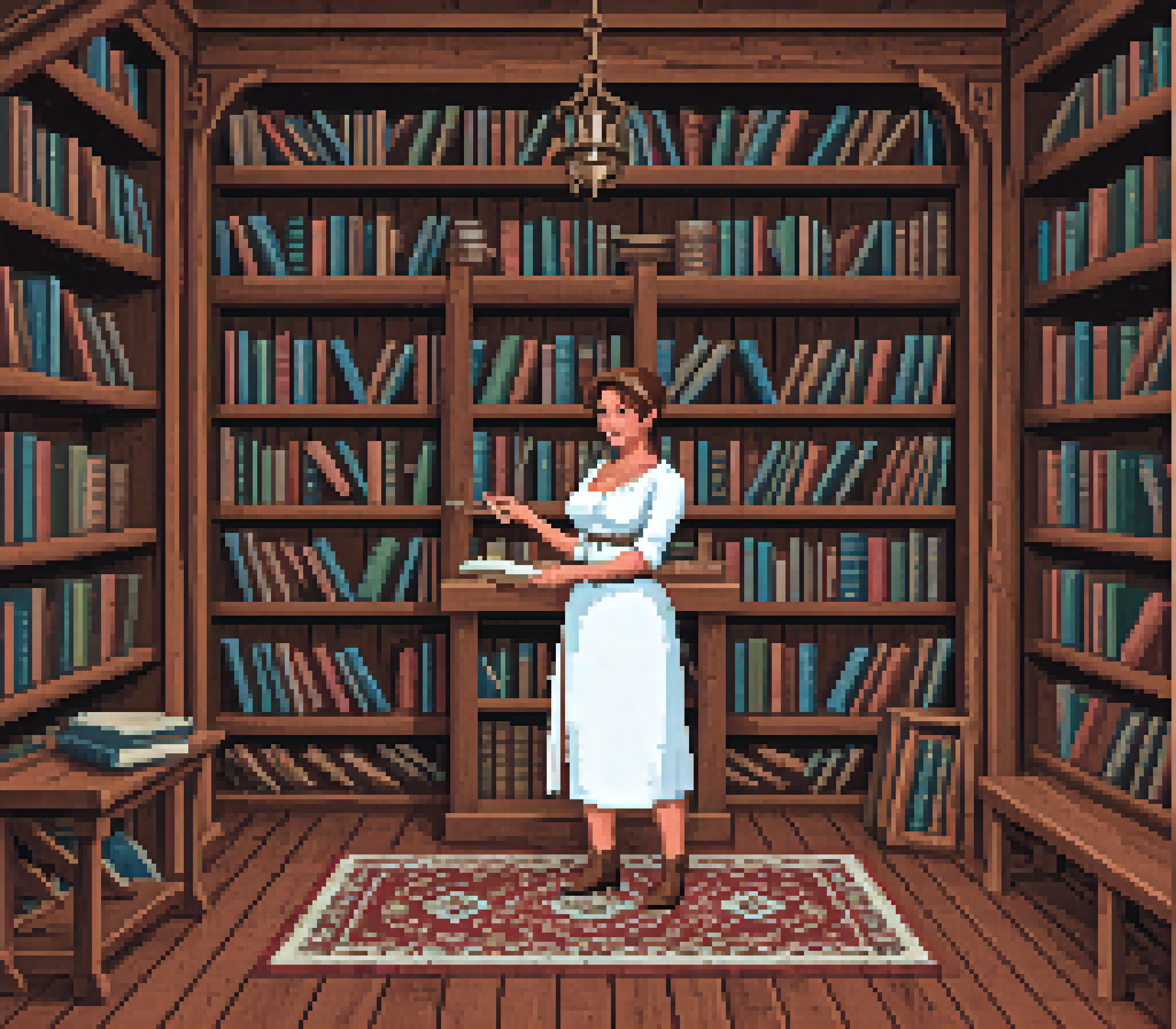
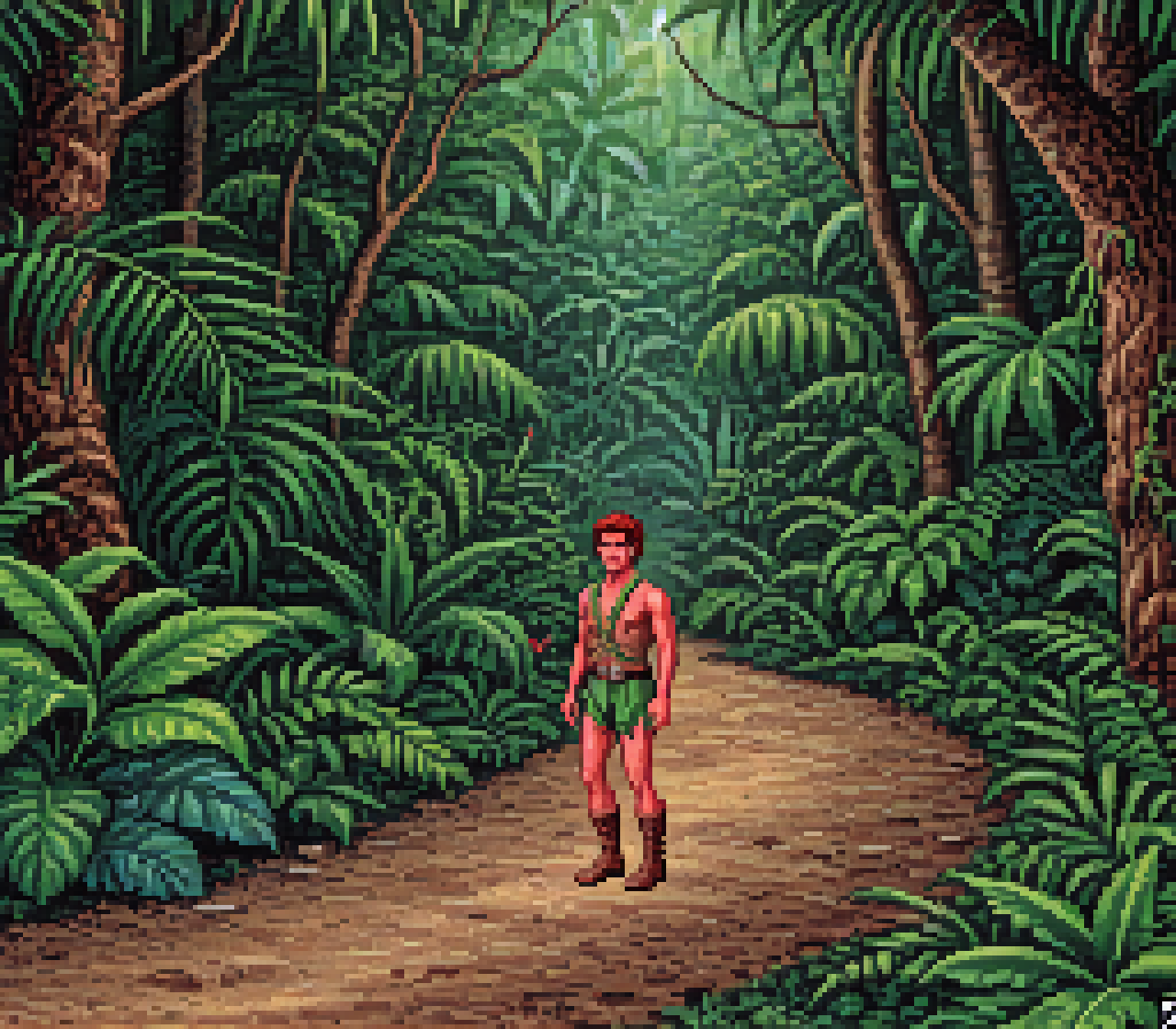
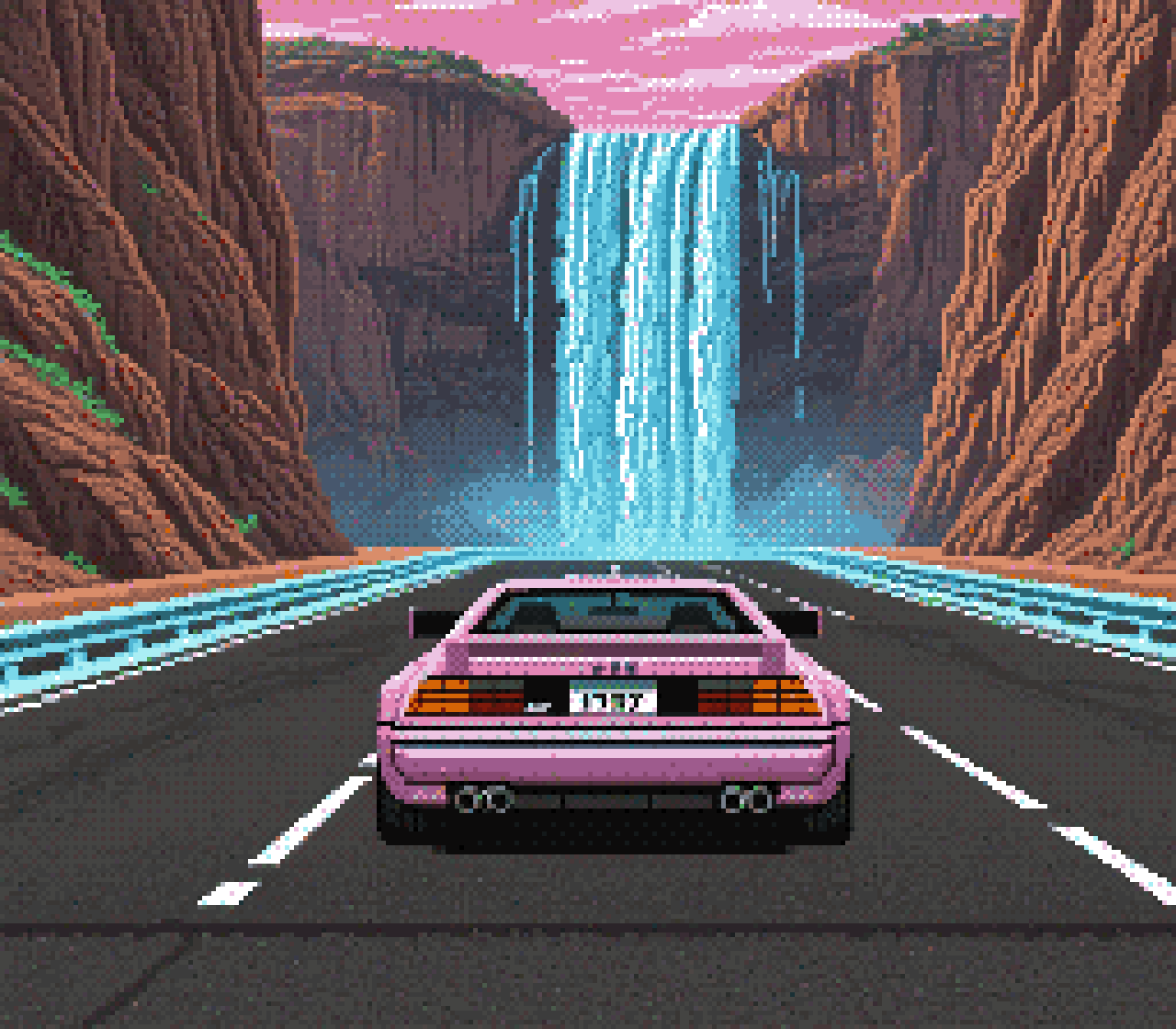
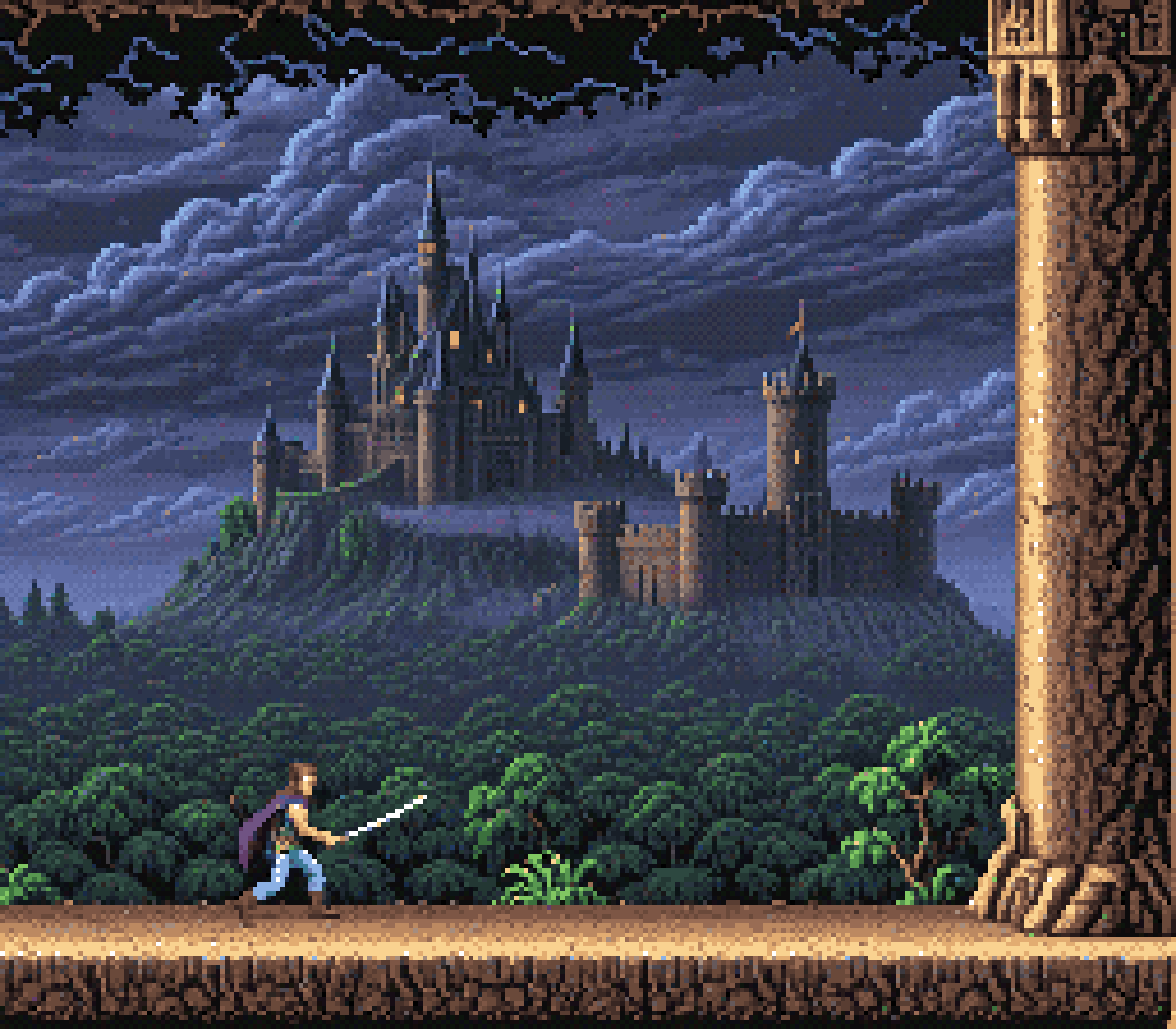
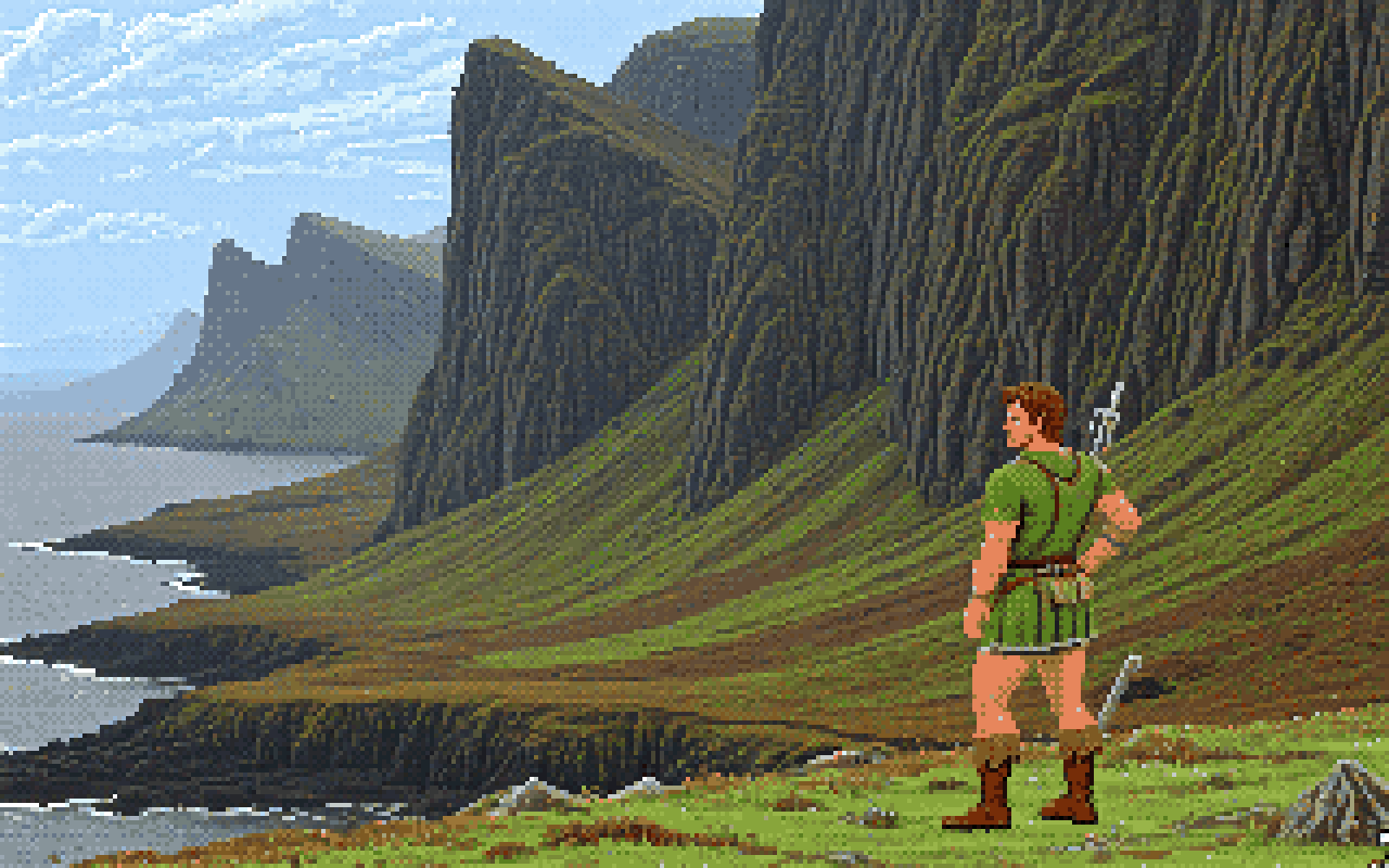
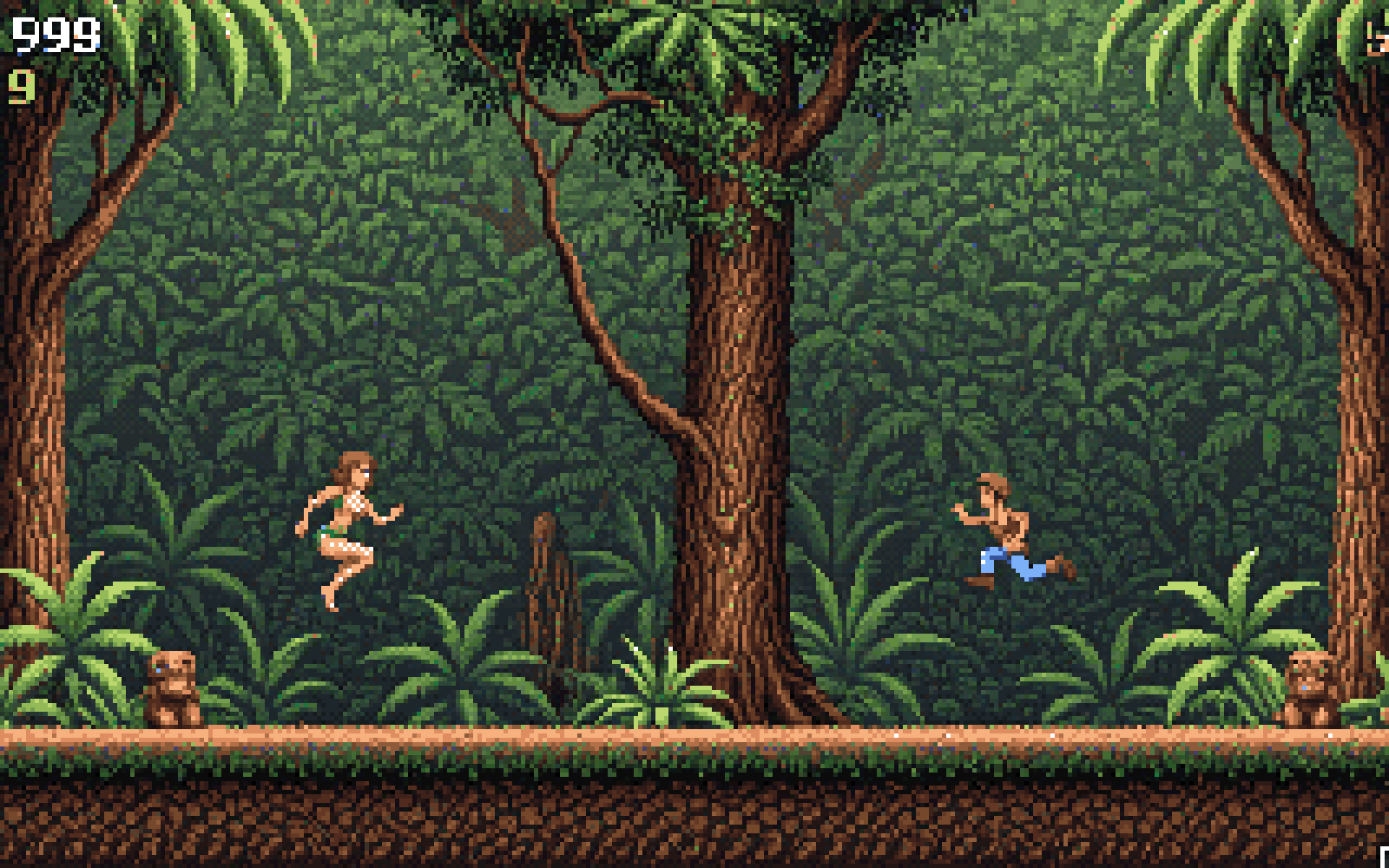
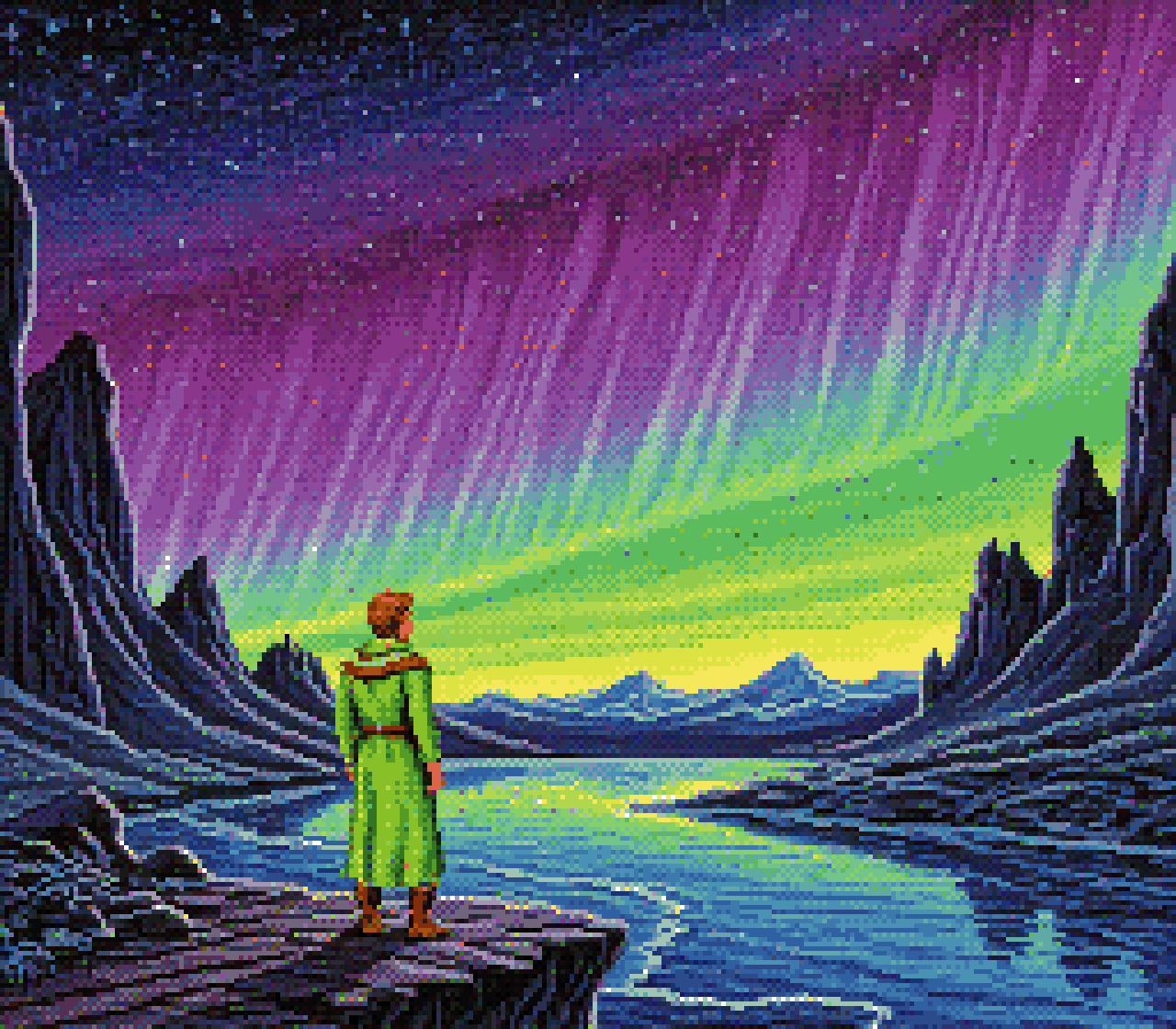
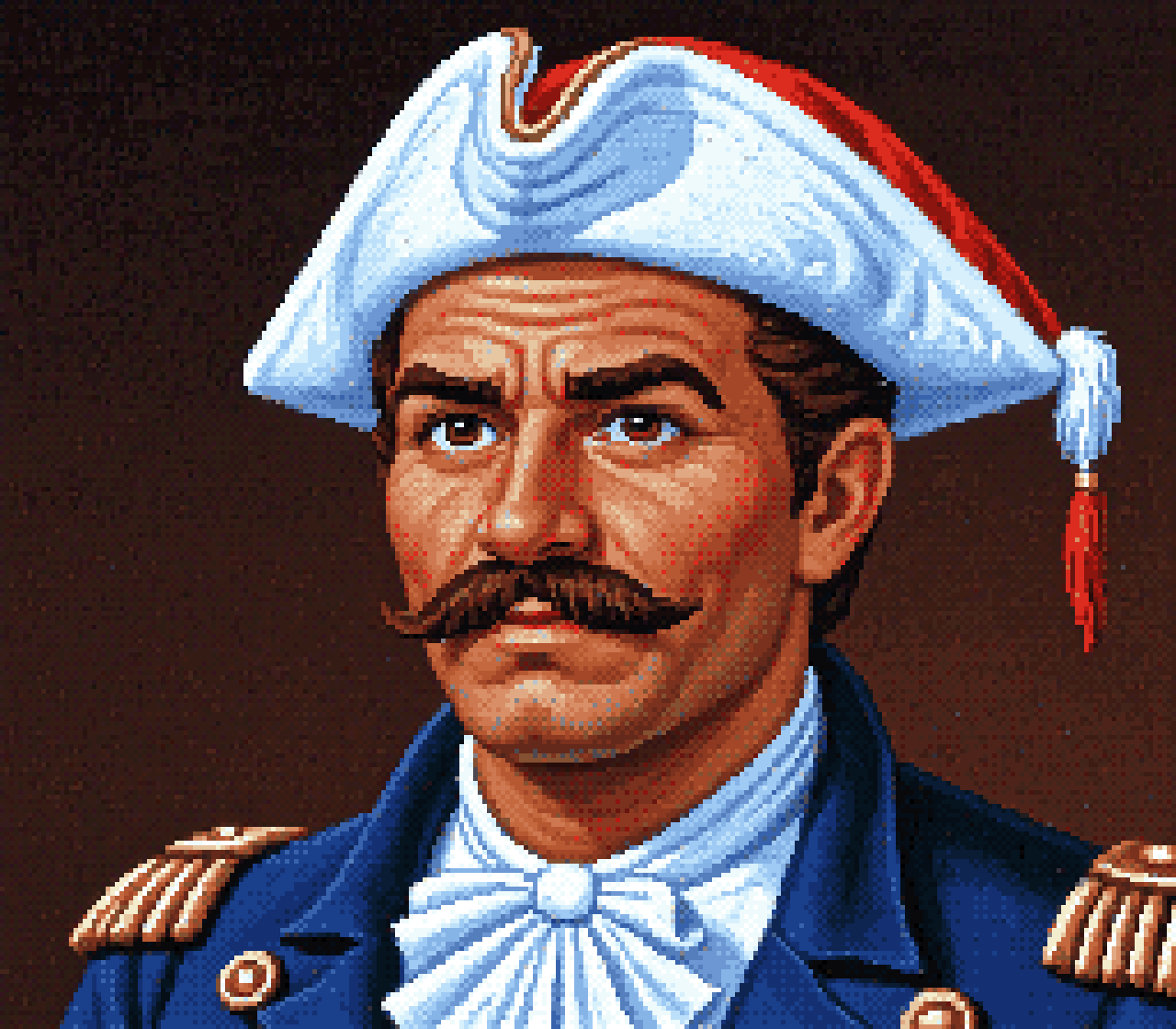




.jpeg)
